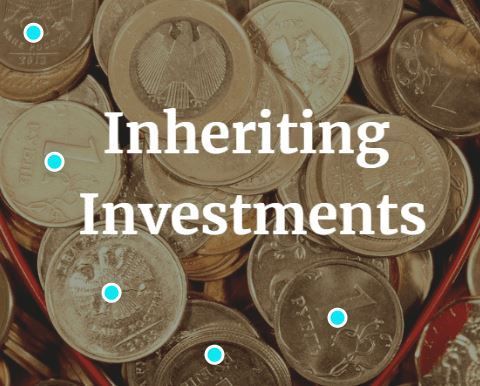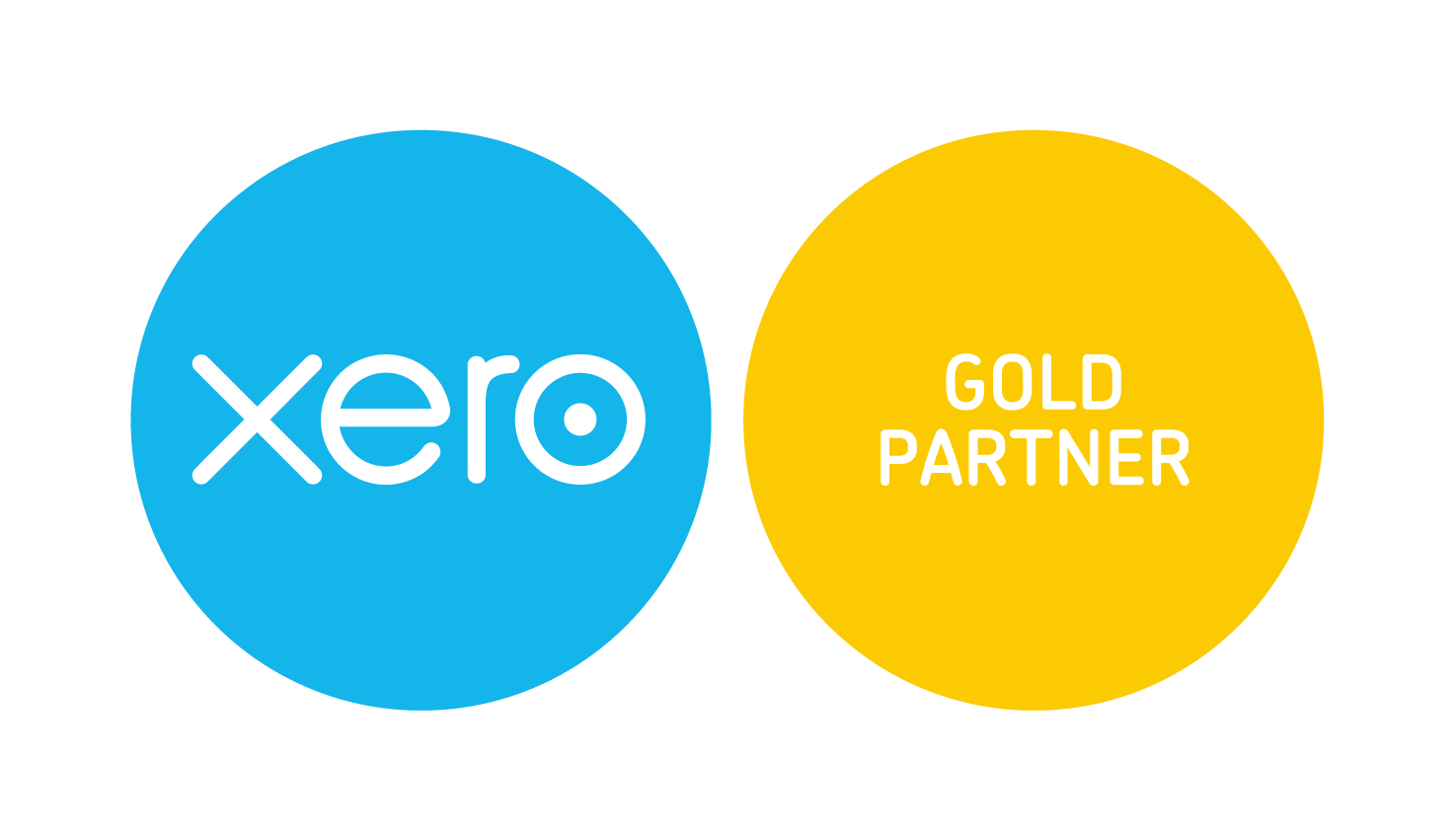Qualifying as an interdependent or financial dependent

A question that often gets asked when dealing with death benefit nominations is whether a person will qualify under the interdependency or financial dependency definitions. This is an important consideration as meeting the dependency criteria will enable potential beneficiaries to qualify as a dependent and therefore allow them to receive a death benefit.
Interdependency relationship
Put simply, an interdependency relationship exists between two people if all of the following conditions are met:
- They have a close personal relationship
- They live together
- One or both provides the other financial support
- One or both provides the other with domestic support and personal care.
However, if two people satisfy the close personal relationship requirement but cannot satisfy the other three requirements, they can still satisfy the interdependency relationship if:
- Either or both of them suffer from a physical, intellectual or psychiatric disability, or
- They are temporarily living apart (eg, overseas or in jail).
There is no easy way in determining whether an interdependent relationship exists, however superannuation law provides the following list of considerations to help superannuation fund trustees determine if an interdependency relationship exists (or existed before one of the parties died):
- Duration of relationship
- Whether or not a sexual relationship exists
- Ownership, use and acquisition of property
- Degree of mutual commitment to a shared life
- Care and support of children
- Reputation and public aspects of the relationship
- Degree of emotional support
- Extent to which the relationship is one of mere convenience
- Any evidence suggesting that the parties intend the relationship to be permanent
- A statutory declaration signed by one of the persons to the effect that the person is or was in an interdependency relationship with the other person.
It is not necessary that each of these factors exists in order for an interdependency relationship to exists. Instead, each factor is to be given the appropriate weighting depending on the circumstances.
Financial Dependent
If a beneficiary fails to meet the interdependency relationship criteria, they may qualify as a financial dependent. Being financially dependent on the deceased generally means you relied on them for necessary financial support. This also applies to children over 18 years old as they must be financially dependent on the deceased to be considered a financial dependent.
That said, the term financial dependent is not expressly defined in superannuation or tax legislation, so it takes on the ordinary meaning of that term. As such, the definition of financial dependent is reliant on case law and comes down to the facts of each case.
In most cases, it is not the value of payments received from the member that establishes financial dependency but the degree of dependency on that payment. This includes the extent the person relies on the financial support provided by another person to meet basic living expenses.
For example, a grandparent who chooses to pay school fees for their grandchild is unlikely to have their grandchild qualify as a financial dependent. This is mainly due to the fact that the payment is seen to be more discretionary in nature than providing for an essential element of life, such as food or shelter.
In summary, superannuation case law provides more flexibility for someone to be partially or wholly dependent, whereas tax dependency takes a stricter approach as a substantial degree of dependency is required.
Contact us
The conditions for the existence of an interdependency and financial dependency relationship under the law can be complex. If you require further information on this topic, please contact us for a chat.
Tip - If you are uncertain whether an interdependency relationship exists (i.e., where adult siblings have been living together, or where an adult child has been living with their parents), you can always request a private ruling from the Australian Taxation Office as the definition for interdependency is the same under both superannuation and tax law.














